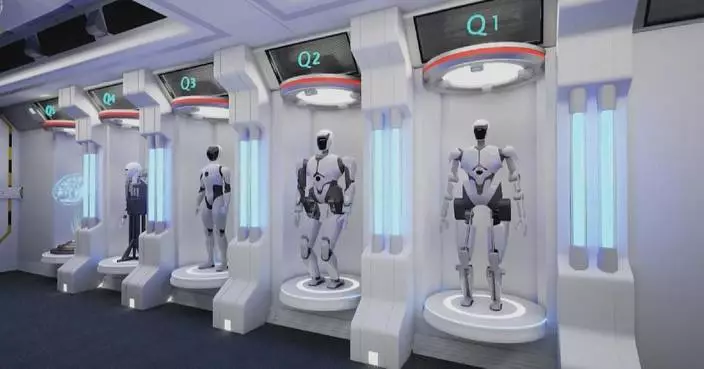China's cargo spacecraft Tianzhou-8 has successfully delivered supplies to the orbiting Tiangong space station.
The Long March-7 Y9 rocket carrying the spacecraft blasted off at 23:13 Beijing Time (1513 GMT) on Friday from the Wenchang Spacecraft Launch Site in the southern island province of Hainan.
After about 10 minutes, the Tianzhou-8 separated from the rocket and entered its designated orbit. Its solar panels then unfolded.
"Overcoming various unfavorable factors, our team has achieved complete success in this mission, reflecting our rich experience and the capabilities of the equipment, facilities and personnel of the launch site for all missions," said Zhang Nan, commander of the launch mission.
At 02:32 Beijing Time (18:32 GMT) on Saturday, about three hours after the launch, the Tianzhou-8 cargo craft autonomously docked at the rear docking port of the space station's core module Tianhe.
"Rendezvous and docking three hours after launch is faster, convenient and safer compared with other approaches. So it will be the main rendezvous approach for future cargo craft missions. The Tianzhou-8 has a much larger loading capacity than Tianzhou-7. It mainly transports some time-sensitive cargo that can provide strong technical support for the orbiting space station's scientific experiments," said Feng Yong from China Aerospace Science and Technology Corporation.
Friday's launch is the third cargo delivery mission since China's manned space program entered the space station's application and development stage.
The Tianzhou-8 spacecraft carried approximately six tons of supplies, including living necessities for astronauts, propellant, and 485 kilograms of scientific experiment materials.
Notably, the 'lunar soil brick', created by Chinese scientists to simulate the composition of lunar soil, is also aboard Tianzhou-8 for space exposure experiments aimed at confirming whether the 'brick' can be used to construct houses on the moon.
There is also a unique species -- fruit flies -- among the scientific experiment payloads carried by Tianzhou-8. They are expected to help complete the country's first space sub-magnetic-microgravity composite environment science experiment.
Afterwards, the Shenzhou-19 crew, which was sent into the space station on October 30, will enter the cargo craft and transfer the items as scheduled.

China’s Tianzhou-8 cargo craft successfully delivers supplies to space station

China’s Tianzhou-8 cargo craft successfully delivers supplies to space station









